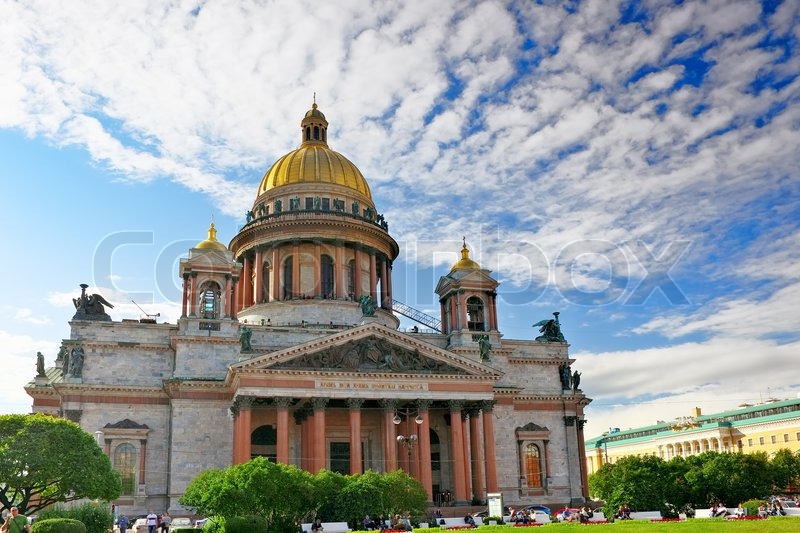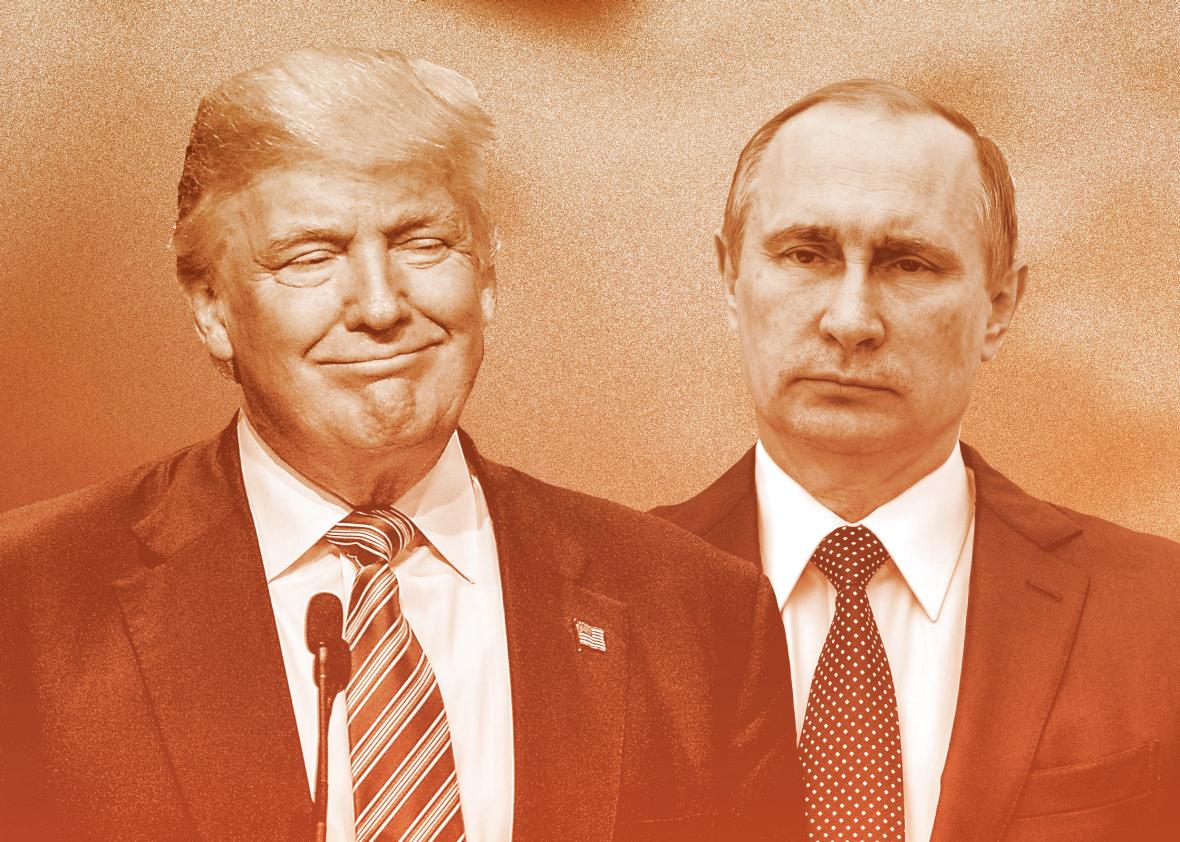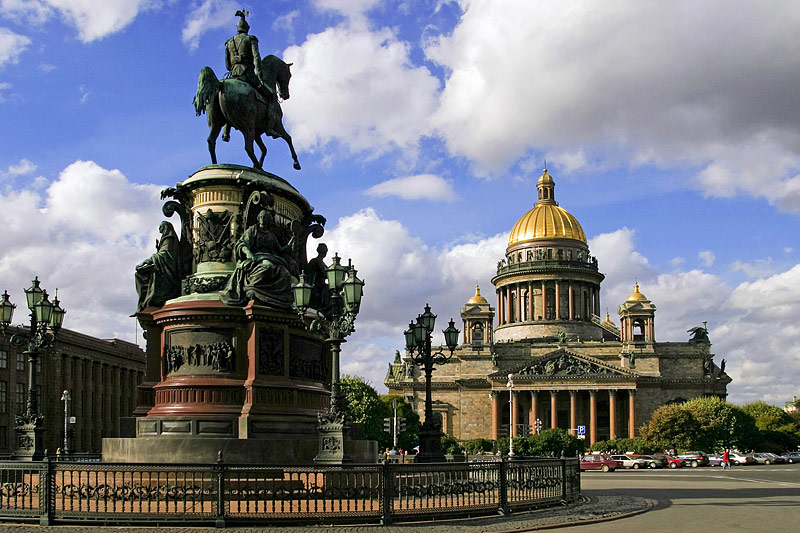St. Isaac’s Cathedral had become a memory and a story, but recent news from St. Petersburg brought back strong insights and emotions I experienced there and in Russia nearly two years before the collapse of the Soviet Union.
 All the more poignant because the world now faces another imminent collapse, even greater than the end of the superpower order that dominated the world for 45 years.
All the more poignant because the world now faces another imminent collapse, even greater than the end of the superpower order that dominated the world for 45 years. The news at first glance seemed unsurprising. After 25 years, the magnificent 19th century St. Isaac’s cathedral, the largest in Russia, which is owned by the city of St. Petersburg and been used since the fall of the USSR as a museum, gallery and concert hall, as well as for religious services, will be turned over to Putin’s handmaiden, the Russian Orthodox Church.
Before visiting Leningrad, and under a veil of secrecy (it was still the Soviet Union after all), I was driven to the center of the Russian Orthodox Church about an hour from Moscow. When we arrived I was told: “Today is a very special day, for today we celebrate 1000 years of Christianity in Russia.”
Later that week, on a cold January day almost exactly 27 years ago, the cultural elites of the St. Petersburg took me on a tour of tsarist palaces, Dostoyevsky’s flat, and the closed, unlit palace where Rasputin, the mad mystic who had become intimate with the Romanovs, had been assassinated.
Memorably, a newfound friend literally walked me through the spine-tingling steps of Rasputin’s protracted murder as dusk deepened. The next day they took me to the crown jewel of pre-Revolutionary Russia, St. Isaac’s Cathedral.
Nature has been my cathedral since announcing to my parents one Sunday at 17 that I wasn’t going to Mass that day or ever again. I never had any urge to taste other religions, in the smorgasbord style common to many Americans, so I was amused and bemused when my Russian hosts took me to churches and cathedrals in Moscow and Petersburg.
Again and again Russians asked me if I was religious. I said religious without a religion. My interpreter said it translated well, and I kept hearing it in Russian (religioznyh bez religii), though I didn’t speak the language.
My five hosts were talking between themselves and through my interpreter as we entered the cavernous space of the St. Isaac’s. The magnificent dome and gold and jewel inlays in the high Russian style instantly overwhelmed me. I was struck speechless, and asked for a few minutes to be alone. I walked to the middle of the cathedral, which was devoid of pews or any religious artifacts.
Being religioznyh bez religii, I had often wondered why people built such places. Standing there and staring up at the dome I viscerally understood. Having done a good deal of backpacking in the High Sierra when I was young, the emotional effect in that beautiful, bejeweled space replicated what it feels like standing on a high ridge looking at the peaks in what John Muir called “the Range of Light.”
When I returned to the group, the cultural leaders asked, “What should we do with it?” The layers of irony weren’t lost on me. After America and Russia brought the world to the brink of nuclear annihilation, here was an ex-Catholic American in the tsarist capital of Russia being asked by atheistically raised Russians what they should do with the greatest cathedral in their country.
“Just don’t give it back to the Russian Orthodox Church,” I said. “Let it serve many purposes, including spiritual, for all people.”
I didn’t know until I read that article a few days ago that that is just what they did. St. Isaac’s earned more than 800 million rubles ($13.4 million) in 2016 from more than 3.9 million visitors. Given that Putin came from Petersburg, and that the Russian Orthodox Church has been increasingly connected to his power, I thought the cathedral had been given back to them a decade ago.

Not all Russians are going along with the program. More than 100,000 people have signed an online petition opposing the handover of the church, but it looks like the deed is done.
The American media and intelligentsia, unable and unwilling to see their own complicity in the rise of the tyrant Trump, have found a convenient scapegoat in Russia, all the more so because the KGB turned FSB has been capable and culpable in dirty tricks and disinformation.
Anything but examine the underlying reasons that this country would manifest what one commentator called “an American kakistocracy — rule by the worst.” The left’s mantra that “a strong majority of Americans voted against Trump despite Russian meddling and the F.B.I.’s disinformation dump,” just doesn’t cut it.
Russian meddling and the hysterical claim, “our sovereignty has been compromised!” isn’t what brought our own SOB to power, nor is it what makes Trump an illegitimate president.
Is the mystery of the bromance between Trump and Putin really so difficult to comprehend? Both are extreme egoists and nationalists. Both rode a wave of grievance and resentment on the part their people to power. Both are master manipulators of the media, thriving on chaos and cacophony.
By the summer of 1990 the die had been cast, and now rather than working together, we have the fascistic pairing of Putin and Trump. Historically, such egoism, nationalism and despotism have resulted in world war.
I don’t feel that will happen, but bad things will, and the international order will collapse. Can enough of us pour the foundation for a true global order, so we can change course when it does?
Martin LeFevre

